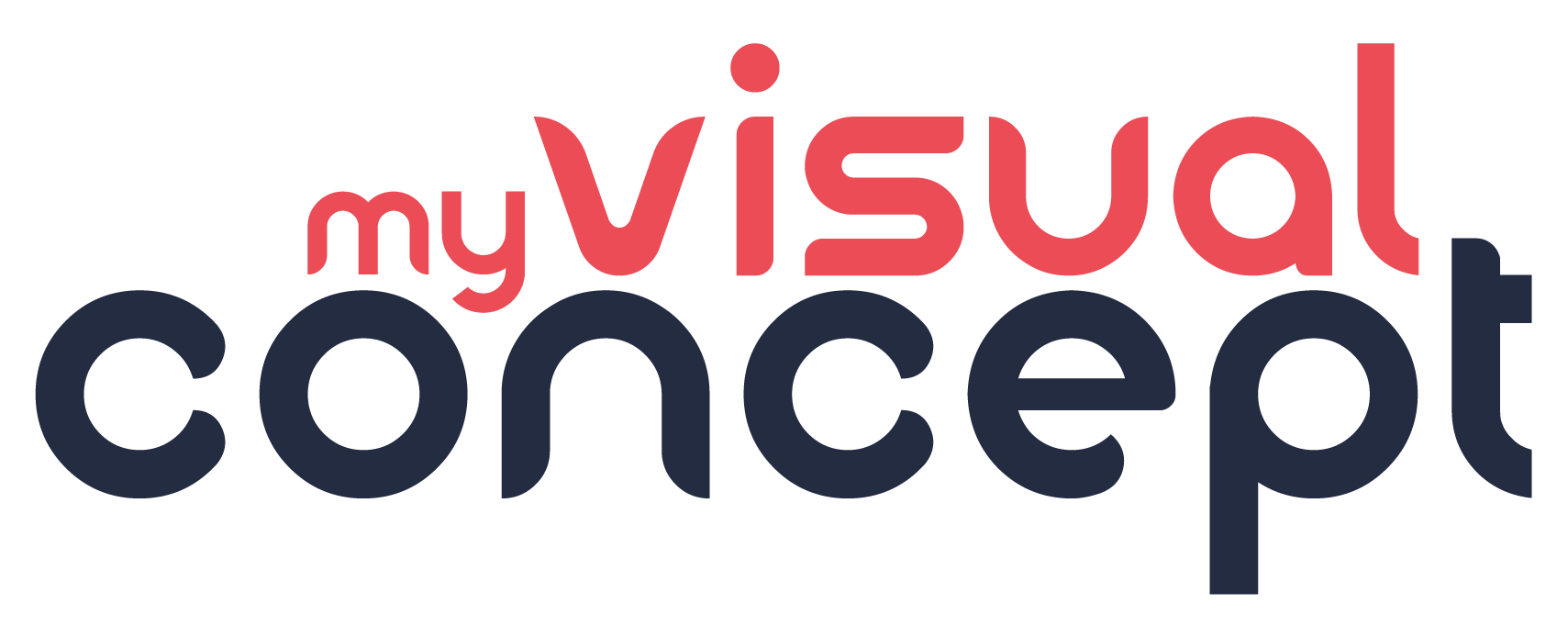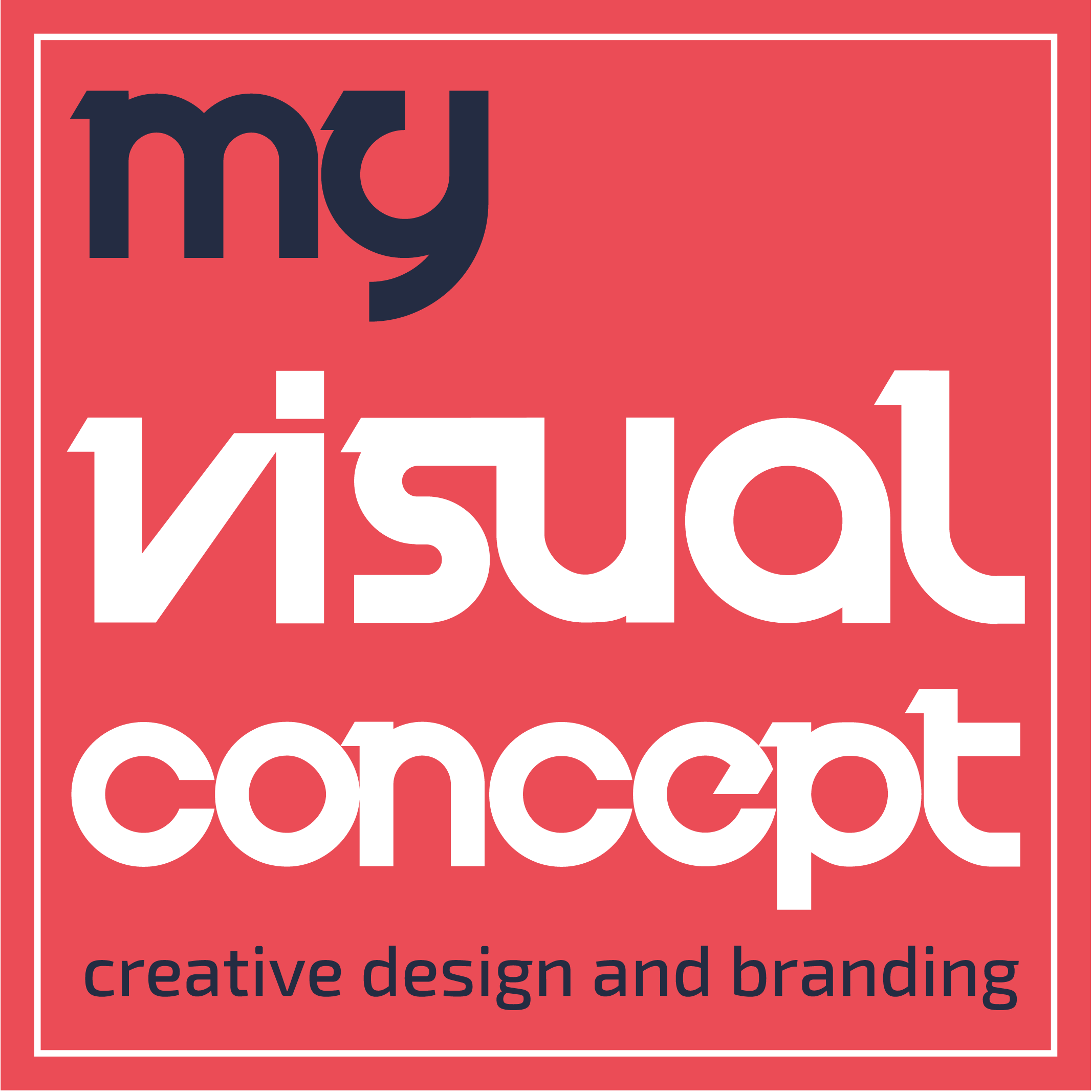In the competitive digital landscape, graphic designers must not only showcase their creativity and skill but also ensure their online portfolio and content are visible to potential clients and employers. Search Engine Optimization (SEO) becomes a crucial tool in achieving this visibility. By understanding and implementing effective SEO strategies, graphic designers can significantly boost their online presence, making their work more discoverable. This blog post outlines key SEO strategies tailored for graphic designers looking to optimize their online portfolio and content for search engines.
Understanding the Basics of SEO
Before diving into specific strategies, it’s essential to grasp the basics of SEO. At its core, SEO involves optimizing your website and content to appear higher in search engine results pages (SERPs) for relevant queries. This involves a combination of technical website optimization, content creation, and link building.
Keyword Research: The Foundation of SEO
Identifying Your Target Keywords
Start by identifying keywords that potential clients might use to find services like yours. Think about the specific areas of graphic design you specialize in (e.g., logo design, web design, illustration) and use tools like Google Keyword Planner or SEMrush to find related keywords.
Incorporating Keywords into Your Content
Once you’ve identified your target keywords, incorporate them into the text on your portfolio site, including page titles, descriptions, and content. However, ensure that the incorporation feels natural and doesn’t detract from the user experience.
Optimizing Your Portfolio’s Structure and Content
Mobile-Friendliness and Loading Speed
Ensure your portfolio site is mobile-friendly and loads quickly, as these are factors Google considers in its rankings. Use responsive design to adapt to various screen sizes and optimize images to reduce loading times.
Clear Navigation and Sitemap
A well-structured site with clear navigation helps search engines understand and index your content. Including a sitemap on your site can further facilitate this.
Showcasing Your Work with SEO in Mind
Alt Text for Images
Since search engines can’t “see” images the way humans do, use descriptive alt text for each image in your portfolio. This not only helps search engines understand the content of your images but also makes your site more accessible.
Creating Descriptive Titles and Meta Descriptions
Each page on your portfolio should have a unique title and meta description that includes relevant keywords. This not only aids in SEO but also encourages users to click through to your site when it appears in search results.
Building External Links to Your Portfolio
Leveraging Social Media and Professional Networks
Share your work on social media and professional networks like LinkedIn to build external links back to your portfolio. These backlinks signal to search engines that your site is credible and authoritative, improving your rankings.
Guest Blogging and Collaborations
Consider guest blogging on reputable sites related to graphic design or collaborating with other designers and creatives. These activities can lead to backlinks and increased visibility for your portfolio.
Continuous Learning and Adaptation
SEO is an ongoing process, with search engines constantly updating their algorithms. Stay informed about the latest SEO trends and best practices, and be prepared to adjust your strategies accordingly.
For graphic designers, an optimized online portfolio is key to standing out in a crowded market. By implementing these SEO strategies, you can enhance your portfolio’s visibility, attract more traffic, and ultimately, secure more clients and opportunities. Remember, SEO is a long-term investment in your digital presence, requiring continuous effort and adaptation to changing search engine landscapes.





